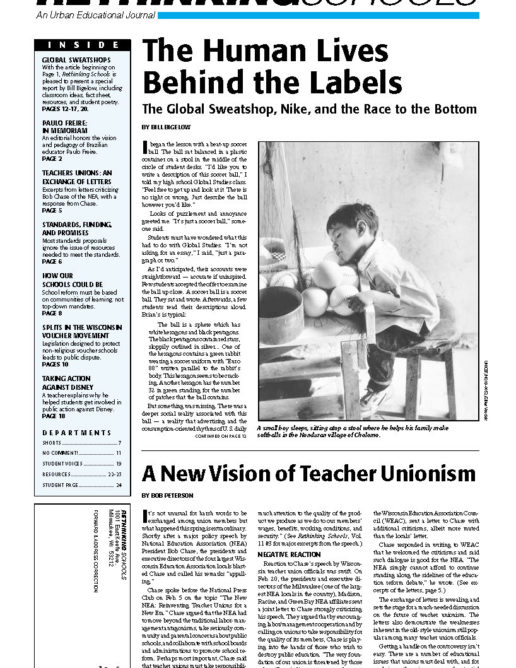Preview of Article:
How Our Schools Could Be
Standards, Top-Down Mandates, and Grass-Roots Communities
Excerpts from Meier’s essay in the 1997 book “Transforming Public Education,” in which she explores the effect that top-down reforms have on the development of vibrant schools.

